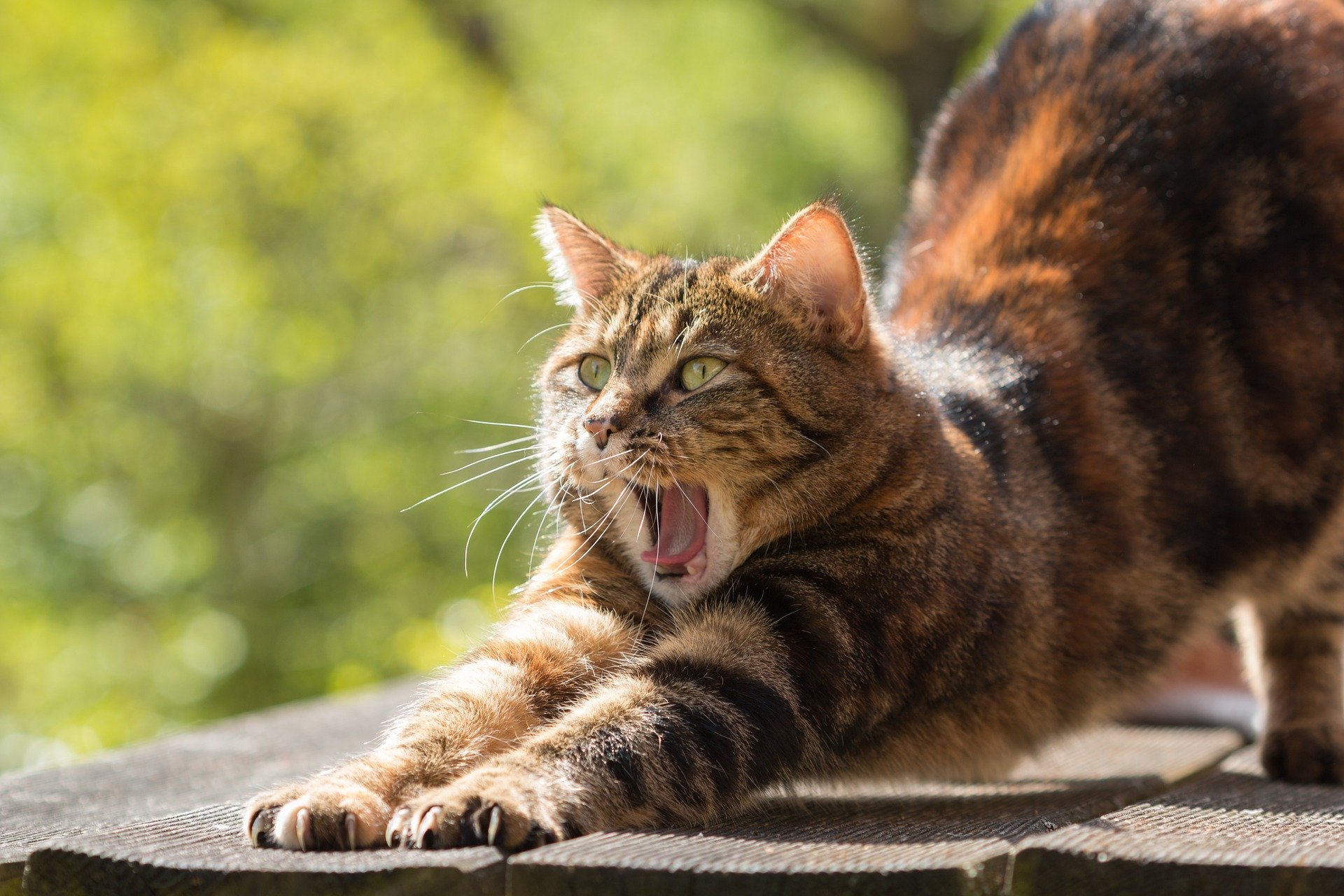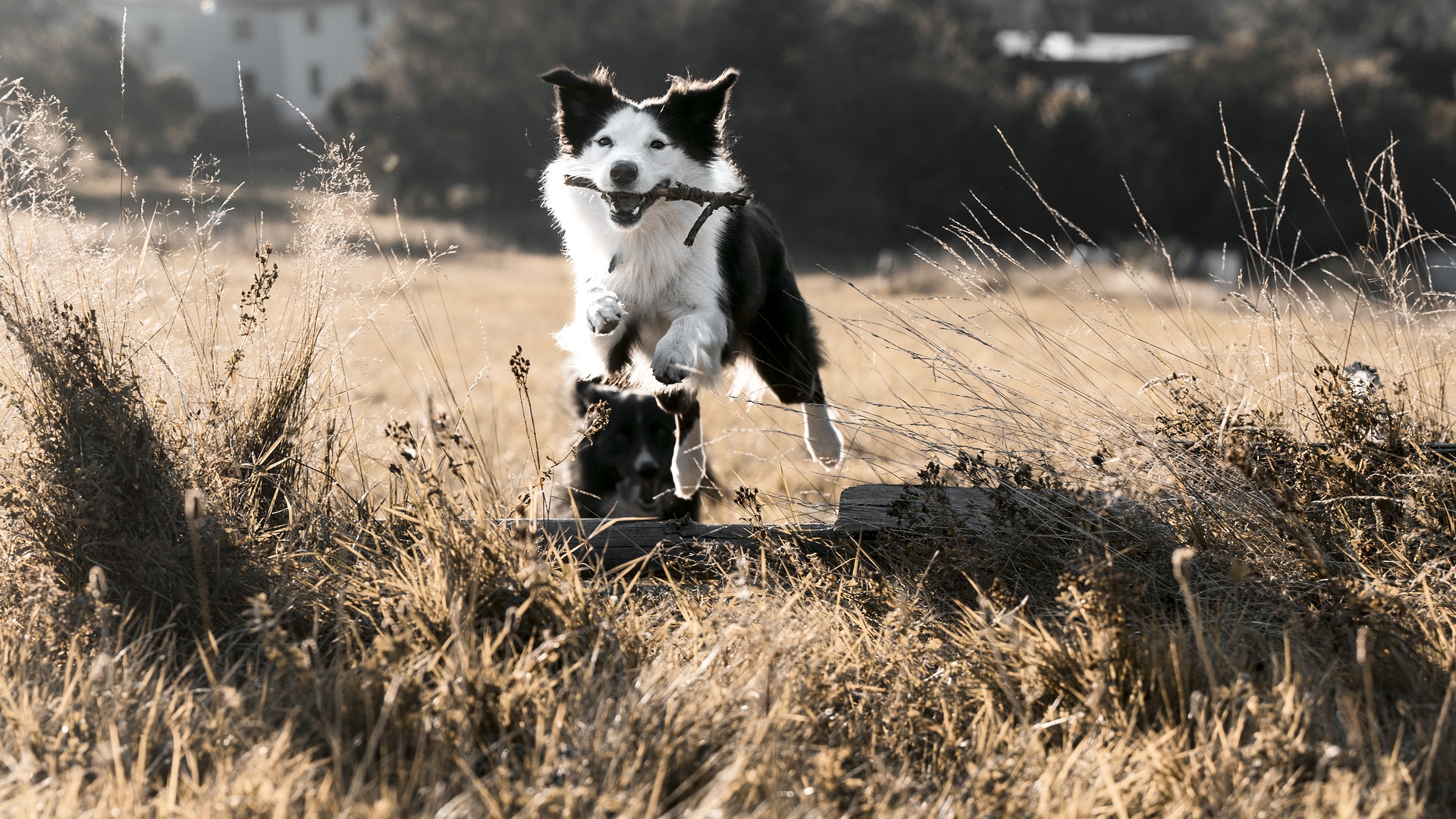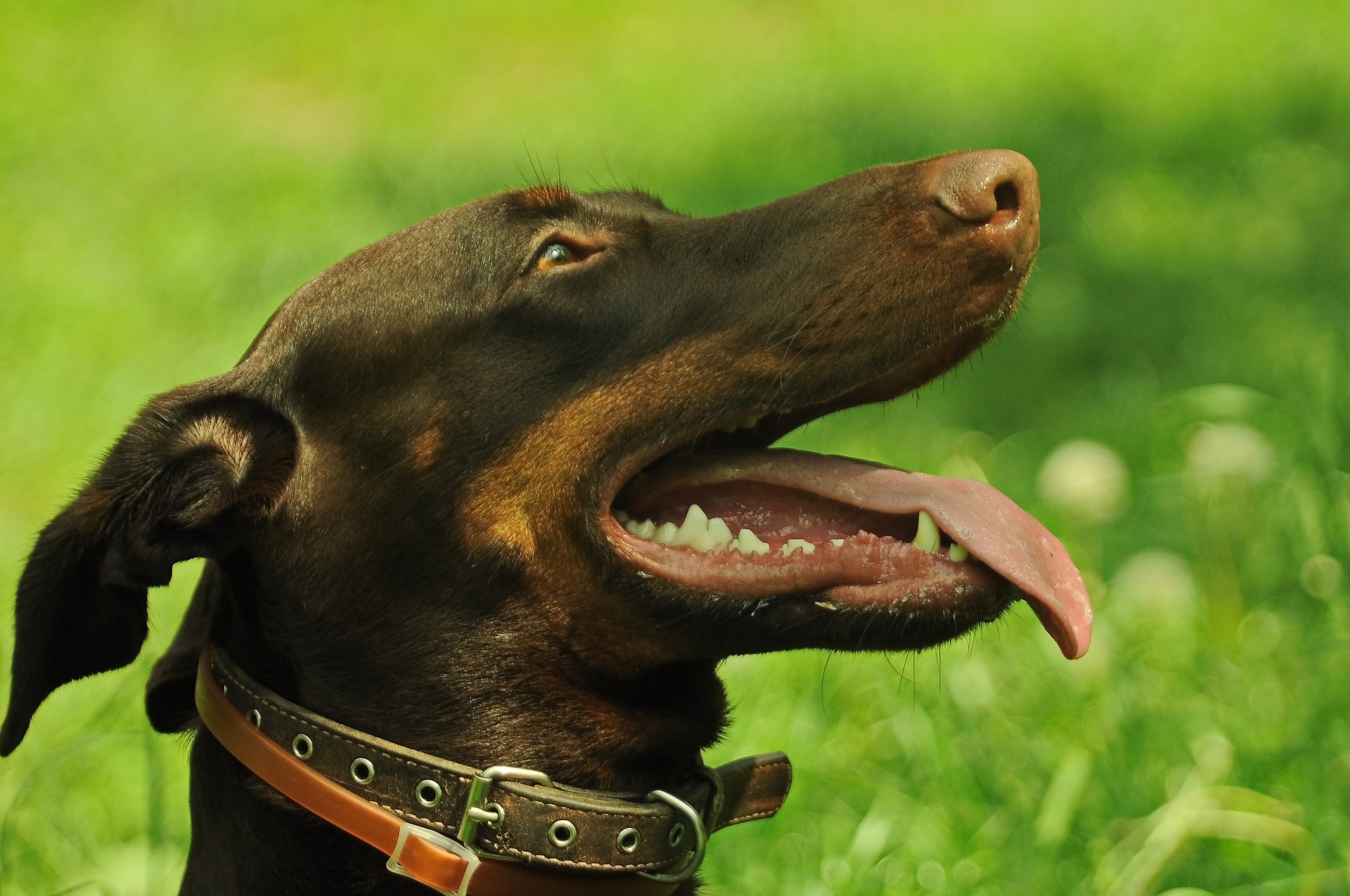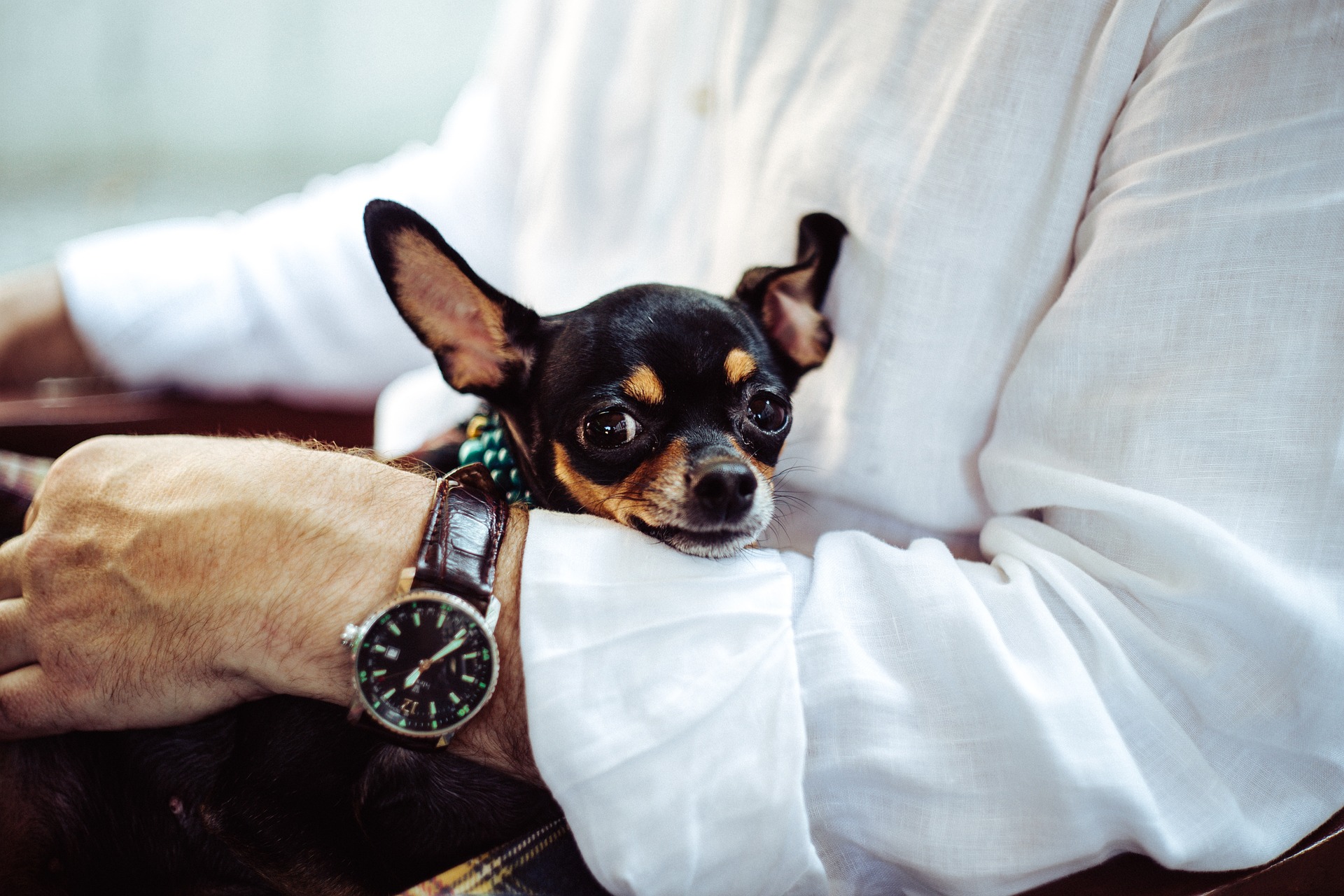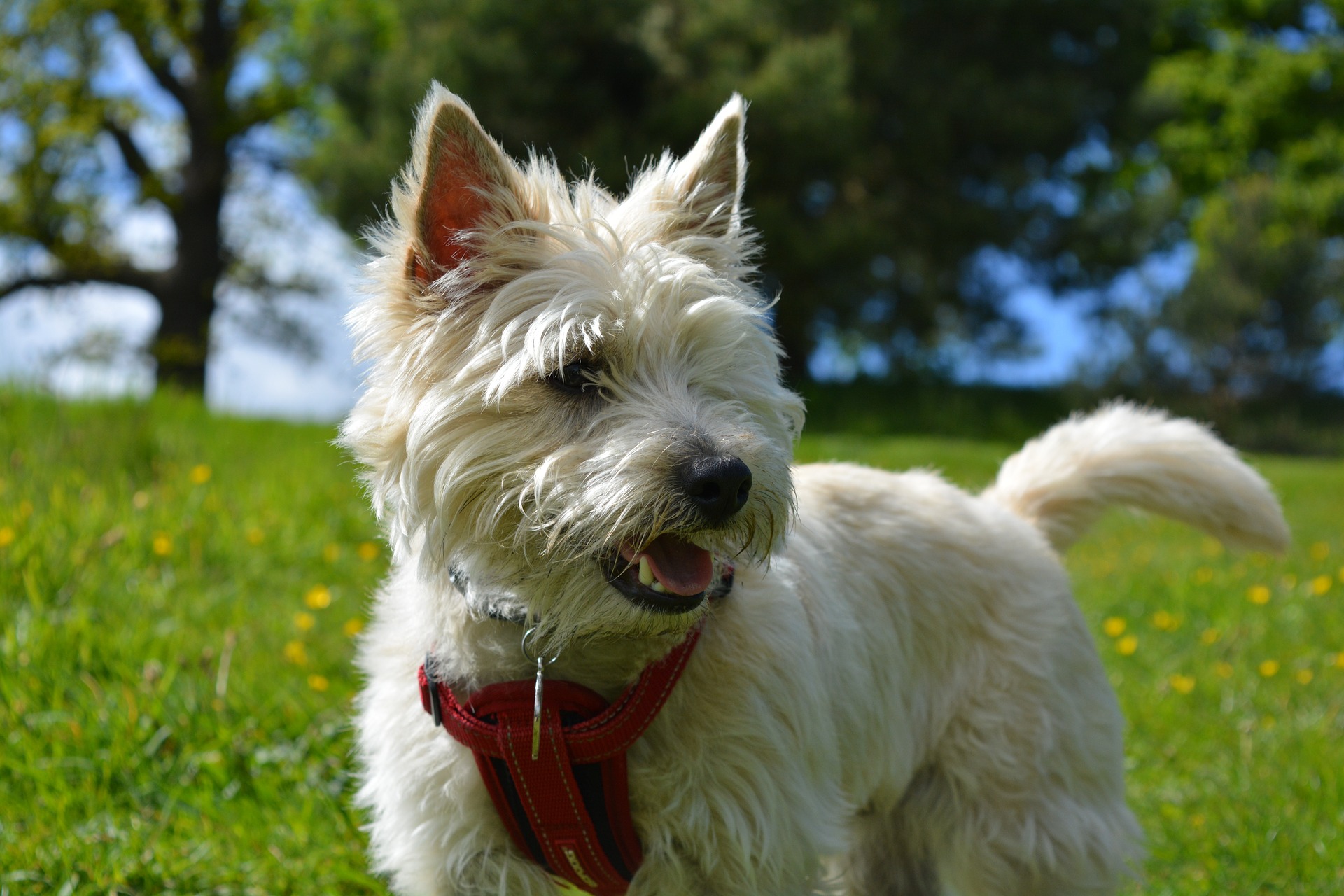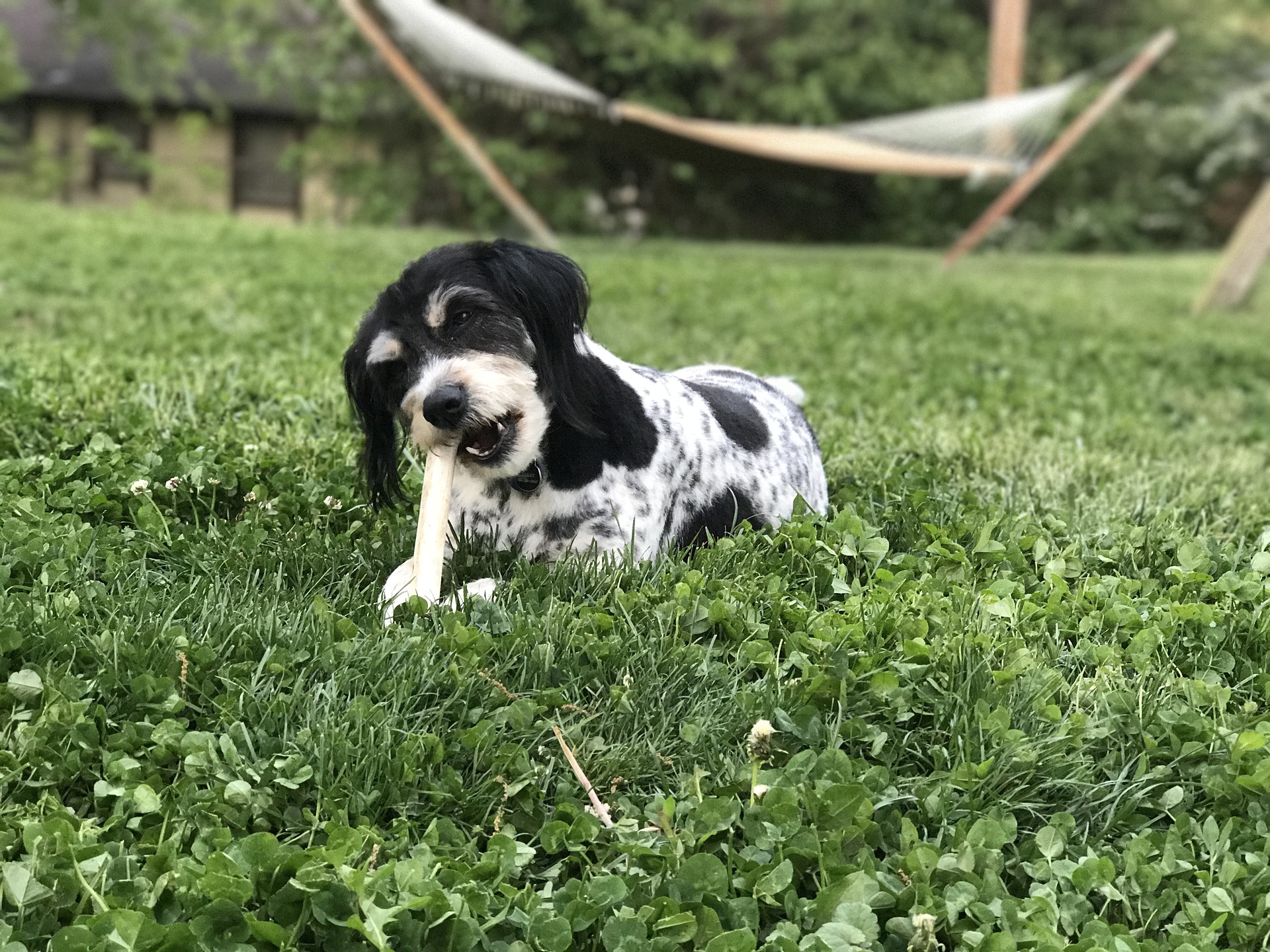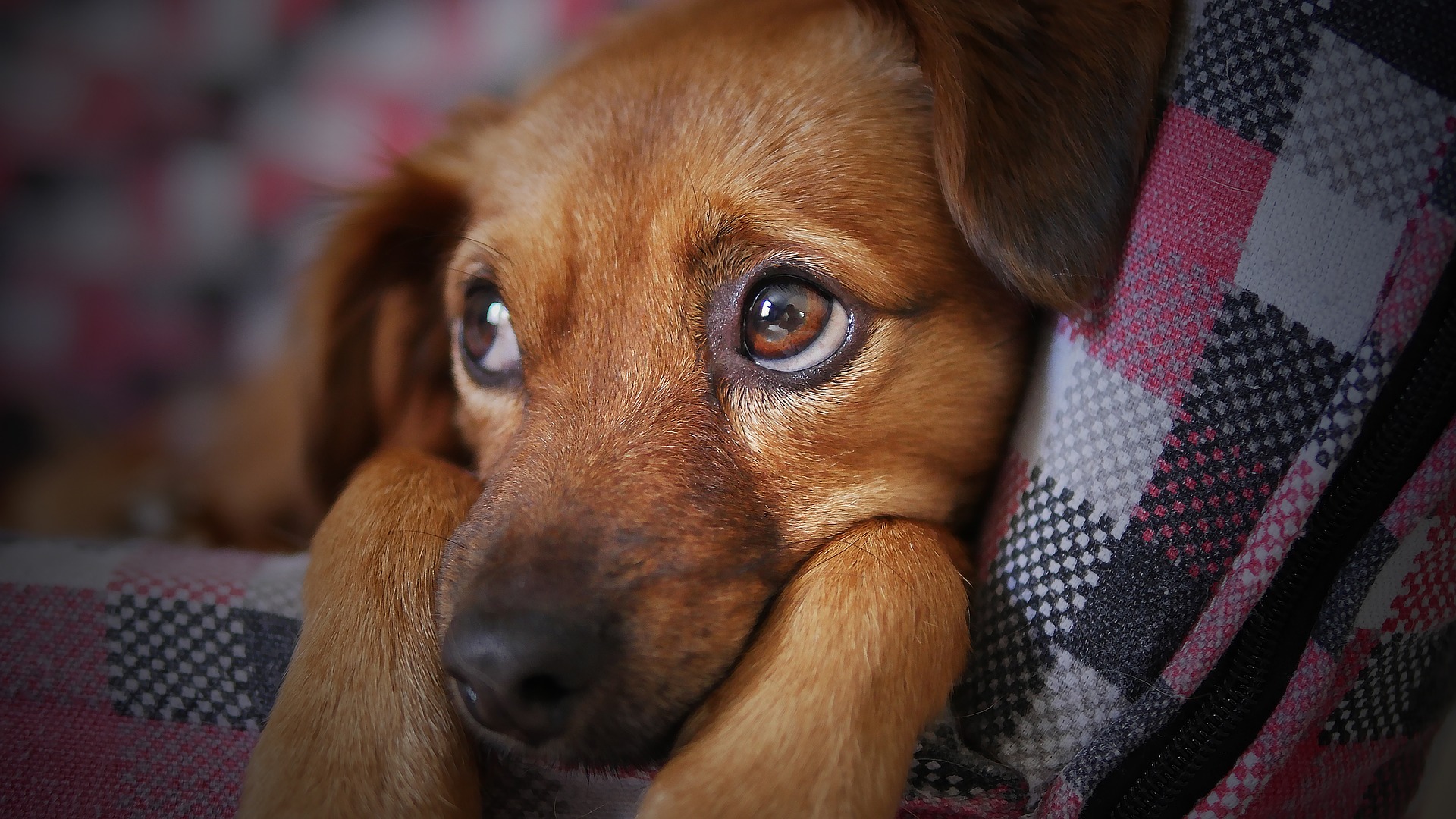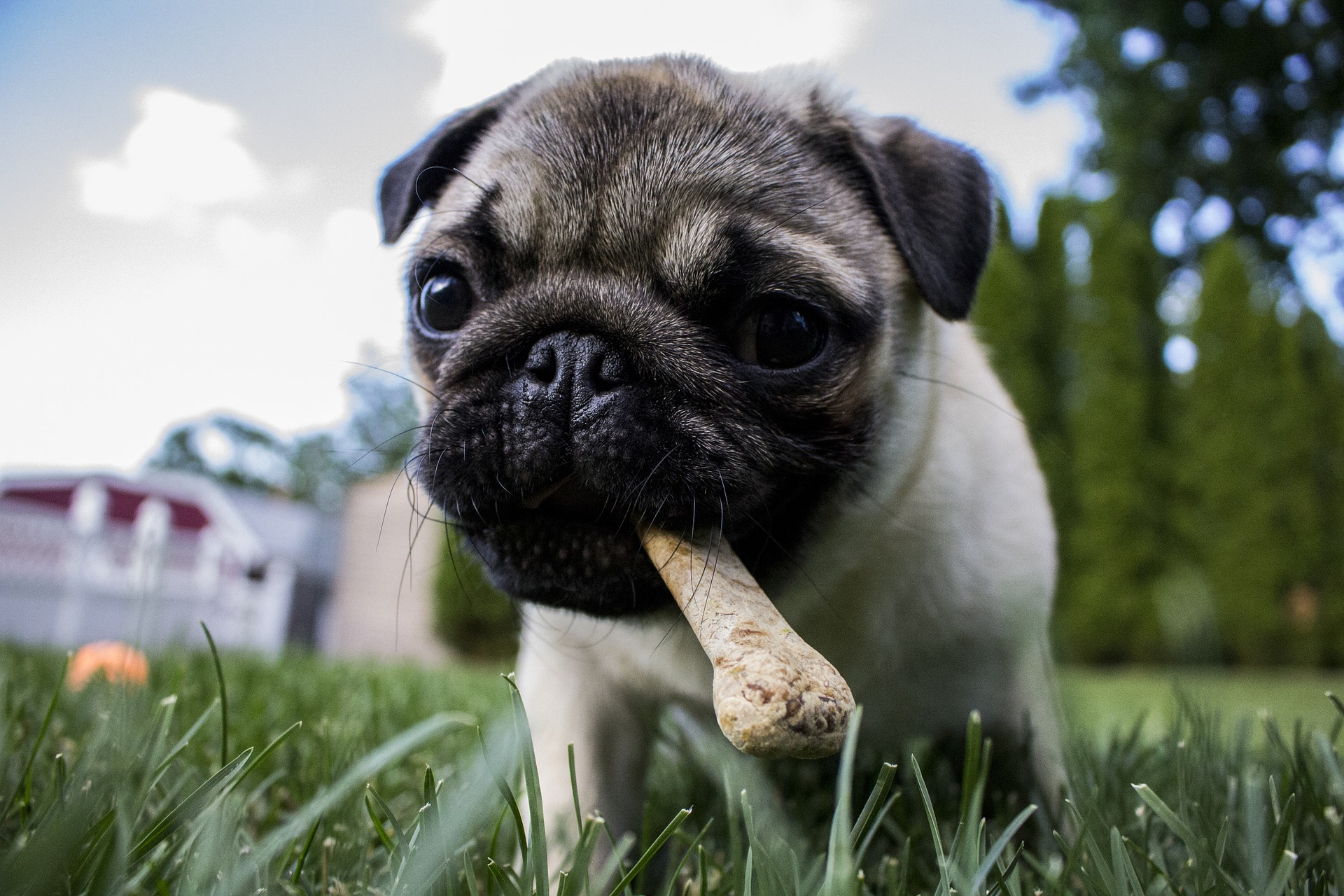Introductory Courses to Veterinary Dentistry and Radiology in Colorado Springs
Did you know that the doctors and staff at Animal Dental Care and Oral Surgery teach hundreds of veterinarians and technicians each year at our Colorado Springs facility? 4-6 days each month students from around the country come to our clinic at the Veterinary Specialty...


